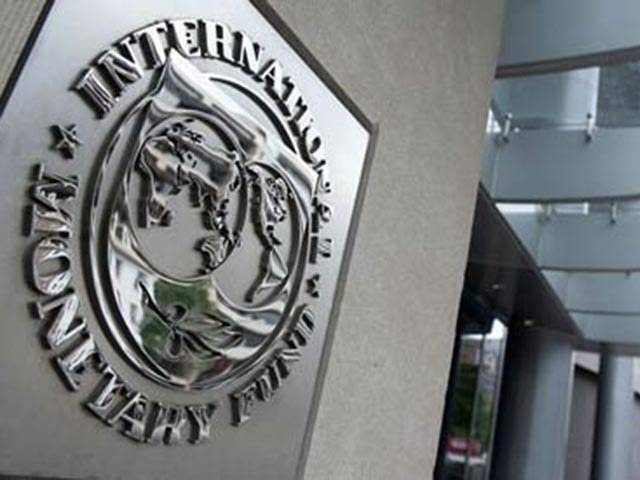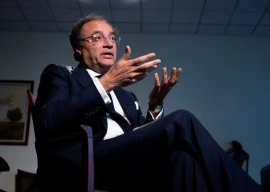
ISLAMABAD: The PML-N government has, over the past three years, borrowed $14 billion more than the projections the International Monetary Fund (IMF) made three years back as authorities have failed to increase exports and attract foreign direct investment (FDI).
By the end of fiscal year 2015-16, the government’s external borrowings stood at $73 billion, $14.2 billion more than the projections IMF made in 2013 before approving the three-year Extended Fund Facility (EFF) for Pakistan, the latest IMF report shows.
‘Pakistan headed towards another IMF bailout’
Comparison of external debt, exports and FDI figures given in the September 2013 IMF report with statistics contained in the 12th Review Report of Pakistan’s economy reveals the entire additional borrowings were prompted by a dip in exports and FDI.
The IMF had hoped for higher FDI and export levels, expecting that reforms introduced under the three-year bailout programme would remove structural bottlenecks. However, the government could not implement these policies, as a result of which non-debt creating foreign inflows kept drying.
Three years down the line, exports remain a whopping $10.2 billion below IMF projections while FDI fell short of the lender’s estimates by $3 billion, according to the IMF report.
The staggering figure belies the government claim that it has turned around Pakistan’s economy in its three years in power, as it could not create a business friendly environment, which is a prerequisite for expansion in economic activities.
Had the government achieved the FDI and export targets, Pakistan’s foreign debt would have been $58.6 billion by June 2016 as opposed to the current $73 billion.
“Exports have been declining; private investment (including FDI) is too low to support higher growth; public debt is still too high,” the IMF report states.
Exports
In September 2013, the IMF estimated Pakistan’s exports would peak at $31 billion by June 2016 from that year’s level of $24.5 billion. Exports actually fell to just $20.8 billion by June 2016, according to the Pakistan Bureau of Statistics (PBS).
The government blames international commodity prices for reduction in exports, which is just one of half a dozen causes, including bad governance.
The IMF said the fall in Pakistan’s exports reflects lower international prices of cotton and rice, a weak business climate, and competitiveness losses from an appreciating real exchange rate. “We do see a decline in exports going forward due to appreciation of the Real Effective Exchange Rate, security and governance challenges and power outages,” said Harold Finger, IMF Mission Chief for Pakistan, on Thursday.
IMF MD to visit Pakistan for first time in 10 years
Due to the slump in exports, IMF projections of external debt to exports went off by a wide margin. IMF had projected that at the end of its three-year programme, external debt as a percentage of total exports would be 156%, down from 204% in 2013. However, the external debt to exports ratio went up to 265.8% due to decrease in exports and subsequent increase in debt, the IMF report shows. The ratio was far higher than the 2013 level, suggesting the difficulties that the government will now face in retiring debt.
Foreign direct investment
In 2013, IMF projected FDI would grow to $4 billion due to implementation of reforms under its EFF – a goal that the government missed by a margin of $2.8 billion. In terms of total size of economy, FDI at the end of 2015-16 was even less than the 2013 level.
“We could not increase FDI to desired levels due to energy sector bottlenecks.” Board of Investment (BoI) Chairman Miftah Ismail told The Express Tribune. He said gas connections for new factories are banned while existing factories are also not getting additional supplies. Ismail said there was marked improvement in electricity supplies to factories in Punjab. He added that low levels of savings also kept overall investment at the low end and hoped that things may change next year.
Increase in cost of doing business due to heavy taxation, bureaucratic snags and bad governance are other reasons that kept foreign investors at a distance, according to independent experts.
Published in The Express Tribune, October 16th, 2016.






































1713521455-0/Untitled-design-(9)1713521455-0-270x192.webp)





















COMMENTS (13)
Comments are moderated and generally will be posted if they are on-topic and not abusive.
For more information, please see our Comments FAQ